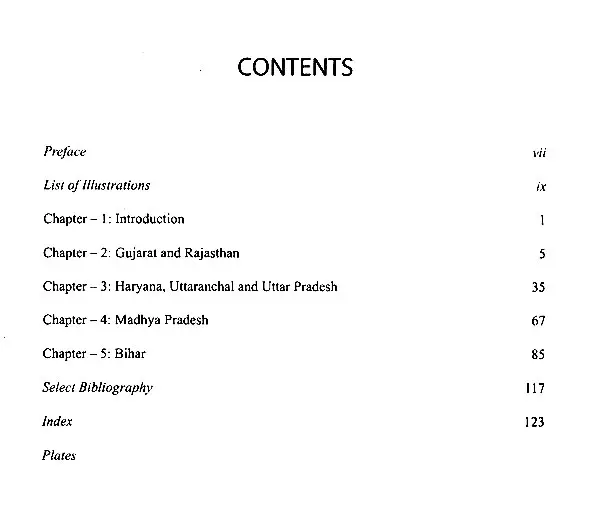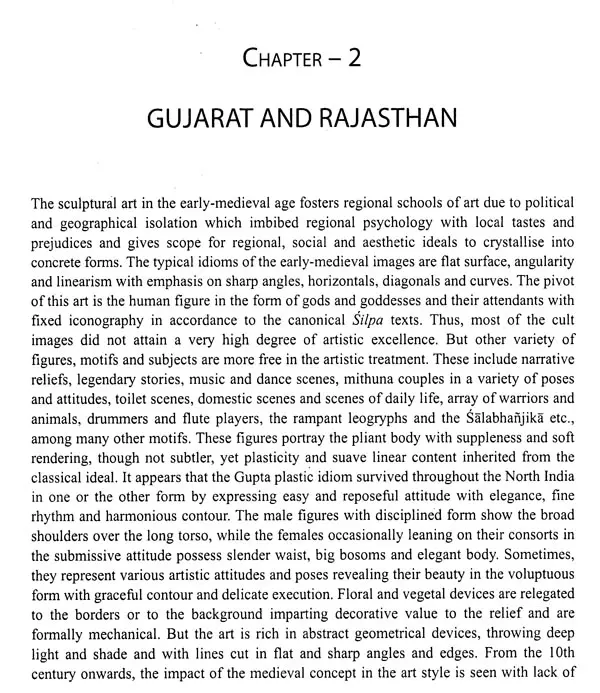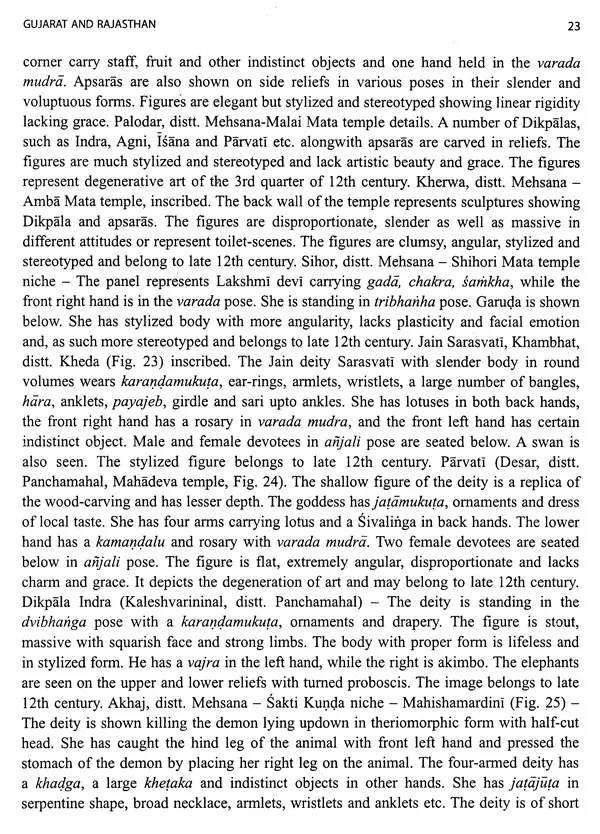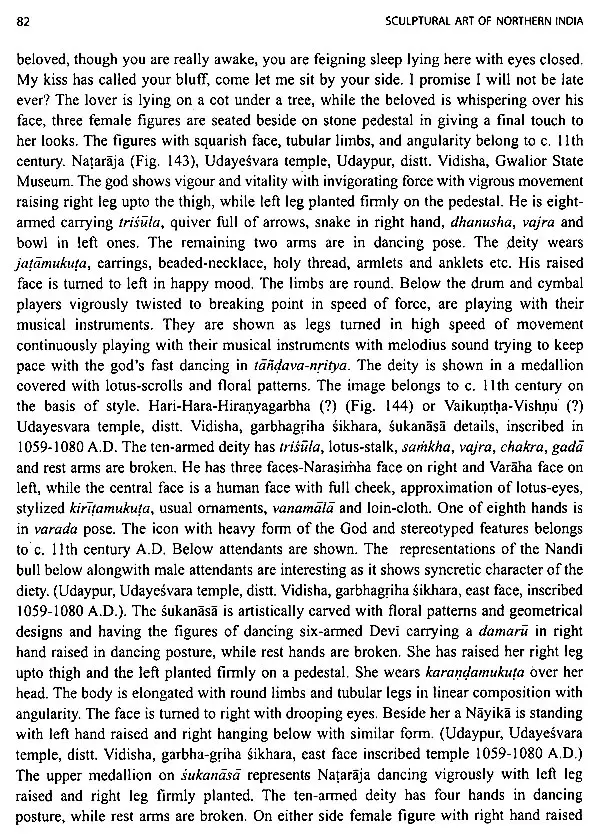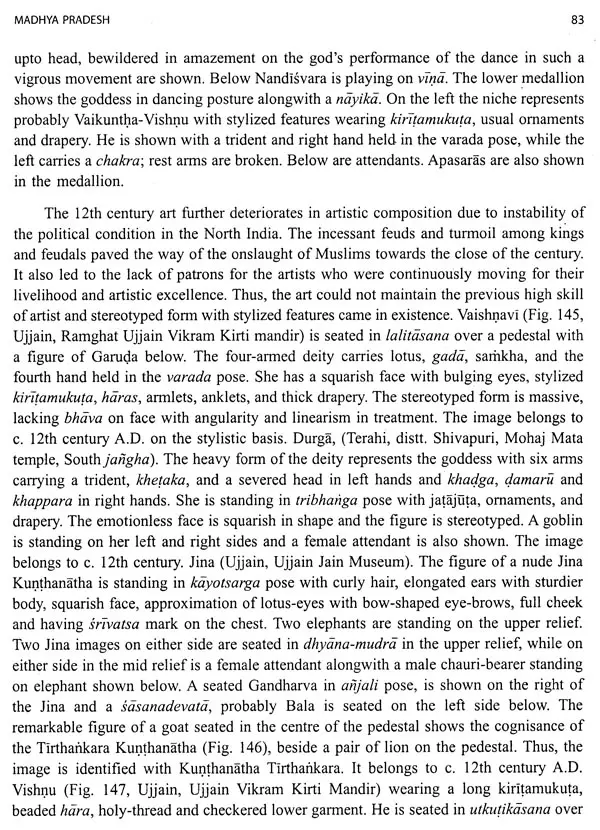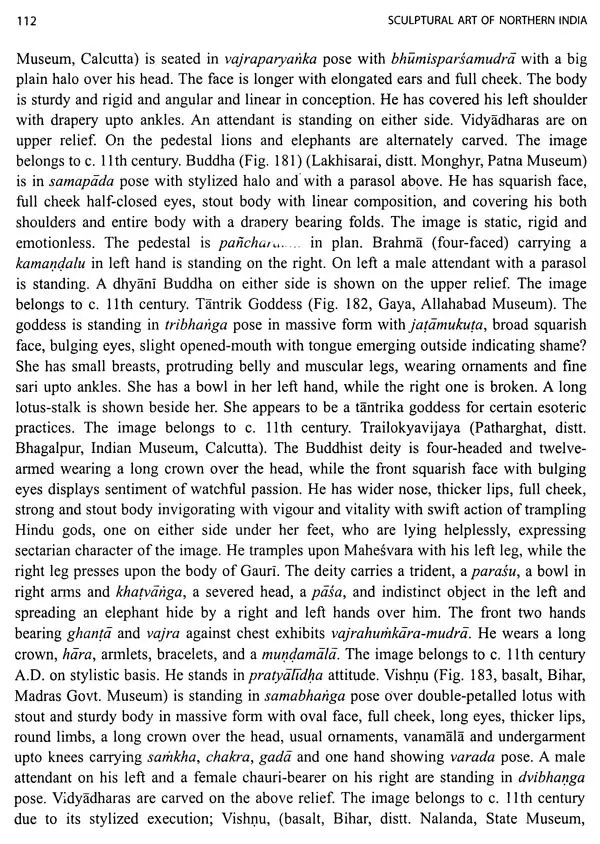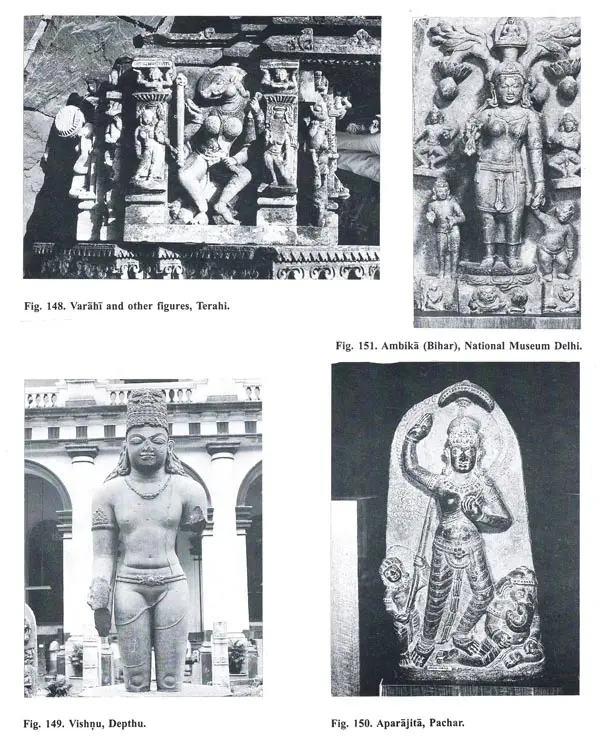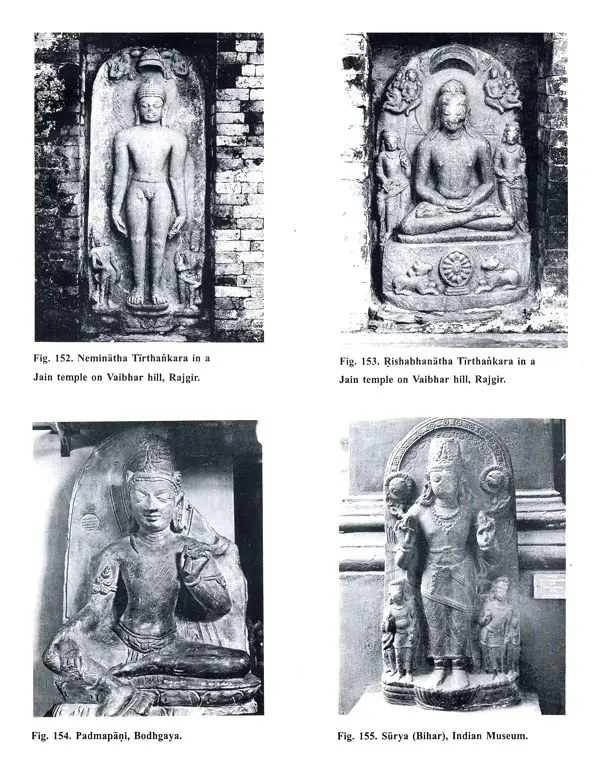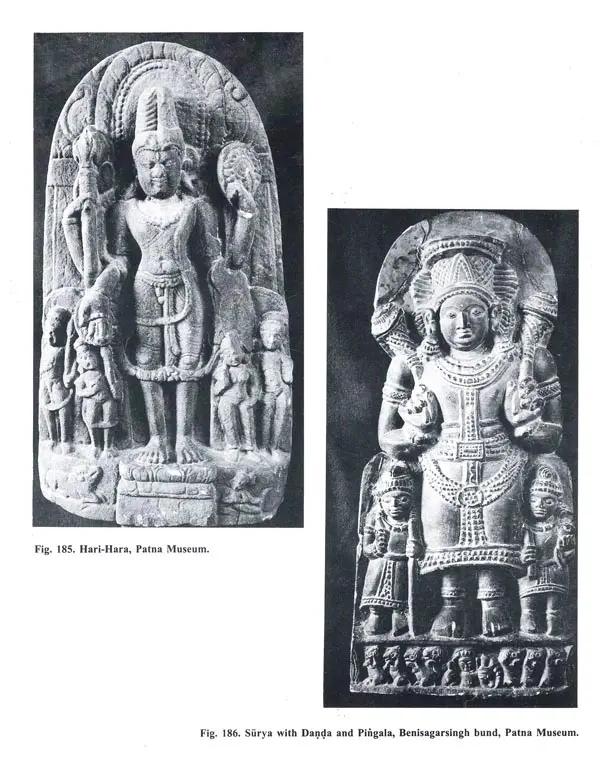
Sculptural Art of Northern India (C. 700 to 1200 A.D.)
Book Specification
| Item Code: | UAN355 |
| Author: | S.B Singh |
| Publisher: | Agam Kala Prakashan, Delhi |
| Language: | English |
| Edition: | 2006 |
| ISBN: | 8173200645 |
| Pages: | 203 (Throughout B/w Illustrations) |
| Cover: | HARDCOVER |
| Other Details | 11.00 X 9.00 inch |
| Weight | 880 gm |
Book Description
The Present book is an attempt at a related history of North Indian Sculpture, setting forth the characteristic idioms and stylistic traditions in the Early-Medieval period. The author has traced the history of Indian sculpture chronologically (c. 700 to 1200 A.D.) and region-wise (Gujarat to Bihar) for understanding stylistic variations in the plastic tradition in sequential manner. Special care is taken in the changes of form, evaluation of basic strains, influences of contemporary schools of art, their relationship and fundamental characteristic of North Indian art in a historical perspective.
Sculptural art divided into five chapters deals with the plastic art of North India particularly Gujarat, Rajasthan, Haryana, Uttaranchal, Uttar Pradesh, Madhya Pradesh and Bihar in the historical sequence. The book will be helpful to the interested reader to understand clearly the rich legacy of sculptural art particularly in the Early-Medieval Age.
Professor S.B. Singh is an erudite scholar and a prolific writer. Among his numerous publications including sixty research papers in prestigious Indian and Foreign Journals like East and West, Arts of Asia, Lalita Kala and Roopa Lekha etc., he is also a co-author of The Archaeology of the Lucknow Region which earned handsome acclaim from Professor A.L. Basham.. He is also the author of Brahmanical Icons in Northern India, acclaimed by Dr. C. Sivaramamurti as an excellent valuable contribution to Hindu Iconography, Archaeology of Panchala Region, Letters of Sir Henry Montgomery Lawrence and Epigraphy and Art. The present monograph, a University Grants. Commission Project, is based on the survey of sculptural art of the Northern India. The author has retired as Professor from the Department of Ancient Indian History, Culture and Archaeology, Kurukshetra University, Kurukshetra in 1992. At present he is busy in completing an Indian Council of Historical Research Project - Minor and Folk Deities in the Uttaranchal Region based on the sculptural study.
The studies of the sculptural art in a vast country like India cannot be pursued with any measure of exhaustiveness without reference to geographical regions and regional variations in stylistic trends. The regional studies of the subject, a prerequisite to the determination of local stylistic trends and common idioms still remain a desideratum as in more than half a century a lot of material for a detailed study of the sculptural art has come to light. Stella Kramrisch blazed the trail with her masterly study of Indian Sculpture in 1933 in relation to time and space, S.K. Saraswati accomplished a brilliant study A Survey of Indian Sculpture with special emphasis to the origins and development of the basic strains and characteristics of the Indian plastic art in a historical setting. Besides them, several other scholars have been making welcome contribution in this field. Nevertheless, the study of Early-Medieval sculptural art with characteristic idioms in Northern India remains as yet an unfulfilled obligation. Inorder to fulfill this obligation, I have modestly endeavoured in the present work to study and scrutinize the sculptural art of Northern India in the early-medieval period for understanding stylistic variations and characteristics of plastic tradition in historical perspective. Attempts have also been made to interpret the changes of form chronologically (c. 700 to 1200 A.D) and region-wise (Gujarat to Bihar) in the historical sequence as far as it was possible within my limited resources.
The Indian history makes a rapid stride in various fields of culture during the early medieval age inspite of the feudal tendency, political fragmentation and growth of regionalism. The art, architecture, religion, philosophy, literature, commentaries, and digests etc. have tremendous growth due to patronization of princely states during this period. It is significant that the art activities increased to manifolds with the development of styles with new ideas in the construction of temples throughout the country. The Nagara, the Vesara, and the Dravida styles of temple came to the fore with a complex: architecture and profound philosophy. By this time the temple was not only an abode of the god, rather they represented the cosmos or were the of the god with new philosophical outlook. With such conceptual thoughts the icons and sculptures were the integral part of the shrine with prolific production dealing with socio-religious legends of the deities. The study of these art objects is an interesting part for understanding the working of the human mind, their beliefs and faiths, sectarian views and rapprochement of thoughts. It is noteworthy that the sculptures and temples are in abundance during this age throughout the country. What reasons can be assigned for such an abundance of art activity? It seems that two objectives were in view for prolific construction of temples and production of images. The first aim was to achieve prosperity in this world and the second was to secure heavenly bliss or emancipation through this meritorious act, which. was a part of purtta activity. In order to determine the causes for the abundance of art objects we have to peep into the political and socio-cultural aspects of this age.
Book's Contents and Sample Pages
